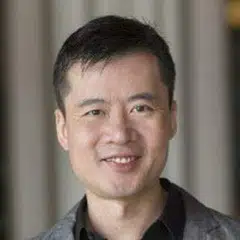
Low Sze Wee
Chief Executive Officer, Singapore Chinese Cultural Centre
Low Sze Wee is Chief Executive Officer of the Singapore Chinese Cultural Centre. With a background in law, he later completed postgraduate studies in History of Art from the School of Oriental and African Studies, University of London in 1999, and Southeast Asian Studies from the National University of Singapore in 2010. Sze Wee has curated many local and international exhibitions, including important retrospectives on Singaporean artists and the Singapore pavilion at the 50th Venice Biennale in 2003. Three of his exhibitions garnered the National Heritage Board (NHB) Exhibition Award in 2007, 2008 and 2009. He was also awarded the NHB Research Award in 2007 for his contributions to scholarship on Singapore and Southeast Asian art history. In 2013, Sze Wee was the first Singaporean to be named a fellow of the prestigious Clore Leadership Programme. Formerly heading the curatorial departments at the Singapore Art Museum and then National Gallery Singapore, he was a key member of the inaugural team that oversaw the National Gallery's opening in 2015. Sze Wee has also been involved in strategic arts planning and policy in Singapore's Ministry of Information, Communications and the Arts.